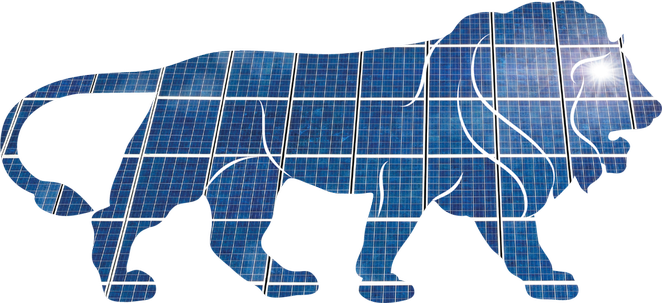Over 1.2 billion people around the world are still without electricity, and 400 million of them are in India.
Many more don’t have access to reliable, consistent electricity. Diesel generators no longer compare to solar on a cost basis, and pay-as-you-go programs have made solar more accessible to low-income families in the developing world.
With India getting ready to give a big push to tap solar energy in the next six to eight years, the Prime Minister Narendra Modi on Sunday pitched for a global effort to make clean energy available to all through concerted actions which can be a major economic opportunity for all countries across the globe.
He articulated his point in his statement on energy at G20 summit in Brisbane, Australia.
Seeking collective R&D effort and collaboration in the direction of having clean energy path, Modi urged the leaders of big economies to set up a “global virtual centre” for clean energy research and development, with adequate public funding, which will fund collaborative projects in diverse sources of clean energy, smart grids and energy efficiency.
His remarks came at the time when his government is planning to target up to 100,000 MW of solar generation by 2022, far more than an existing 20,000 MW target by 2020.
The Prime Minister, however, expressed the need of his country to bank on coal to supply electricity to its power-starved population while simultaneously moving on a clean energy path through solar, wind and nuclear power generation.
Though he spoke about India’s necessity to bank on coal, he emphasized on the use of “clean coal technology”.
He said, “In countries like India, there are vast opportunities for those wishing to invest in clean coal technology, since our dependence will not reduce very soon”.
It is expected that the PM would unveil his country’s big renewable plan in the run up to the Paris climate talks of next year which would, hopefully, give the world a universal climate deal which can be implemented from 2020 onwards.
India will talk about its renewable energy plan also at Lima where the climate negotiations will take place in December.
Key points of PM’s statement on energy at G20 summit
Increased access to affordable, assured and clean energy supply for all should be our primary goal. It is a major economic opportunity for all countries.
Let us make an ambitious and innovative effort to make renewable, especially solar energy, competitive with conventional energy. In Gujarat, the canal-top project worked well and saved water, too.
Pricing of carbon, especially in mature markets with universal availability of power, can stimulate shift to renewable energy.
Let us increase our collective R&D efforts and collaboration; and, ensure dissemination to all countries. For this, I would propose that we set up a global virtual centre for clean energy research and development, with adequate public funding, which will fund collaborative projects in diverse sources of clean energy, smart grids, energy efficiency, etc. India and the United States have built an excellent virtual centre on a bilateral basis, with matching public and private funding. We can select a team of outstanding experts to evaluate and judge research projects. The results should be available to all countries.
We should also discuss innovative funding models to ensure rapid expansion of renewable energy in decentralized manner in rural areas.
In countries like India, there are vast opportunities for those wishing to invest in clean coal technology, since our dependence will not reduce very soon.
Furthermore, it was recently reported that solar power in India is cheaper than imported coal.
Clearly, the current Indian leadership is a big fan of this idea, and is looking to speed up the growth of solar as well as wind, which is often the lowest-cost option for electricity on the wholesale market. Aside from the big solar energy target noted above, the wind energy target is 40 gigawatts by 2019, a doubling of current capacity.
A “Renewable Energy Act” (perhaps with a different name) modeled after Germany’s historically strong Renewable Energy Act is supposed to be unveiled by the Indian government early in 2015.
So, basically, we’re going to have to wait for more details on how the Indian government aims to achieve its tremendous renewable energy goals, but word on the street is that it’s going to be quite comprehensive and integrated.



